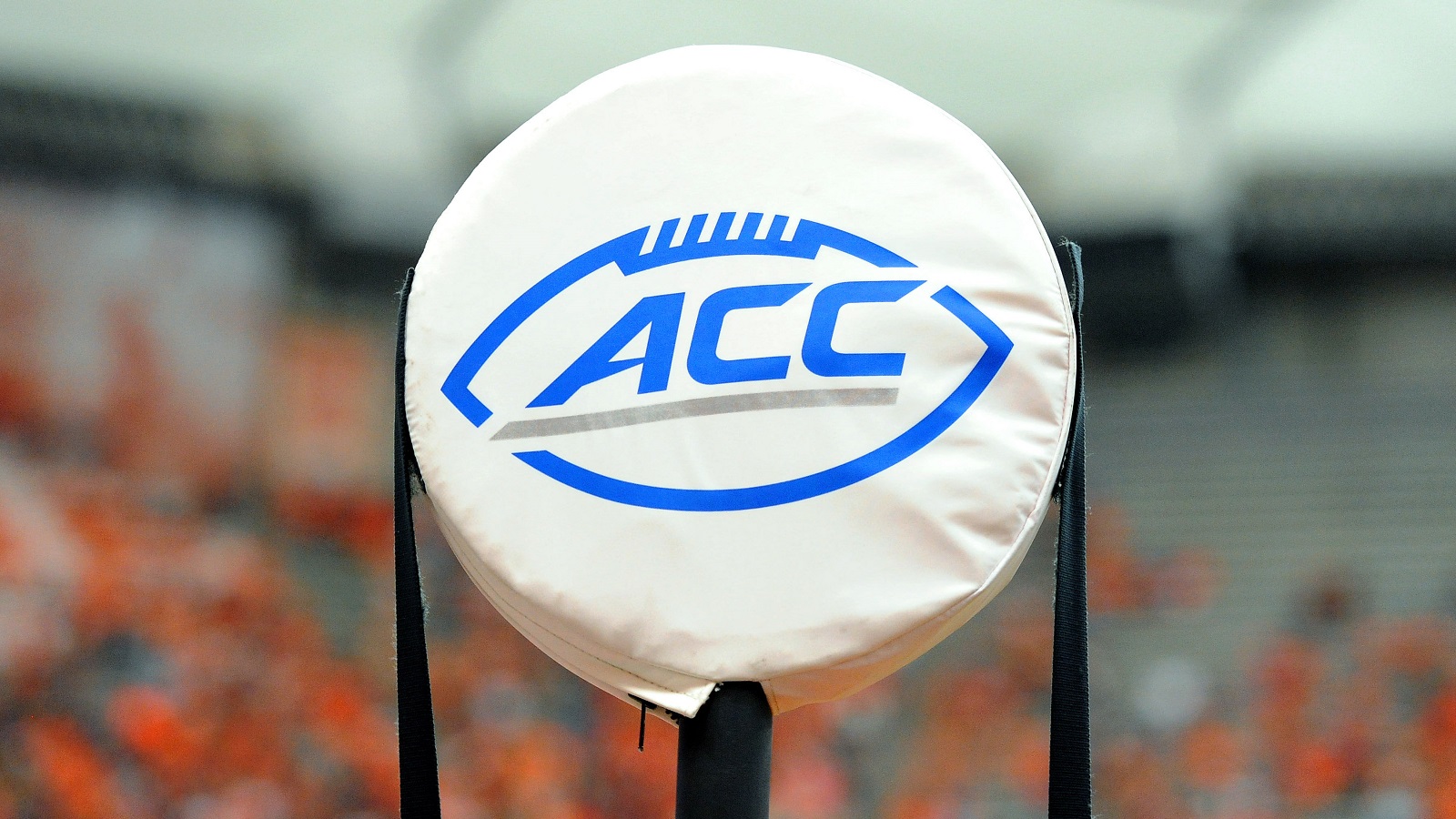The simple answer is no, they cannot. But we know nothing in college sports is simple anymore. All concepts we used to hold as foundational for college sports have proven to be malleable in recent years. So could Stanford and Cal leave the ACC and return home to the Pac? Don’t discount it so quickly.
The question became inevitable this week when the Pac commissioner Teresa Gould announced that the conference, previously abandoned by 10 members, would add Boise State, Colorado State, Fresno State, and San Diego State beginning in the Summer of 2026.
The New Pac
Including the current members, Oregon State and Washington State, that would bring the current membership to six schools. The NCAA requires conferences to have eight members to be certified and eligible for post-season competition across all sports. So clearly Gould is not done with her shopping. The rules state that the conference has a two-year window to get to eight schools. That means the start of the 2026-27 academic year is the must on the calendar for Gould.
All of the new members come from the Mountain West Conference. It may seem a little odd since it was the MWC that took OSU and WSU and gave them football schedules to play when they were the last two standing from the old Pac-12. They got no offers to join other conferences, so the MWC brought them to the family table for football purposes.
The Moving Part
But these changes announced this week were foreseeable in this day of constant changes. There is poaching language in the agreement between the two conferences, which alters the buyout for the MWC schools to leave. And OSU and WSU, having hundreds of millions of dollars from a legal settlement with the other 10 schools, are helping their new family members pay the exit fees.
The presumed hang-up in the past, whatever the past is anymore, was that the remaining Pac conference had no TV deal with which to entice schools to leave their current conference and join the reformatted West Coast group. But clearly, there are deals to be had that are viable enough to get these four to leave. TNT is rumored to be a viable option since they will not have the NBA in the Fall after this season. The current Mountain West media deal pays schools about $6 million per year. The last Pac 12 media deal before dissolution was approximately $32 million per school. The last offer after the LA schools left was about $22 million per school (from Apple TV).
ACC Logistics
That gets us to Stanford and Cal. They just joined the ACC in time for this season, along with SMU. They signed the same Grant of Rights media agreement that every other school in the conference has, the one that has incorrectly been dubbed impenetrable.
But that does not quite make the Cardinal and the Golden Bears equal ACC partners. There was significant resistance from current ACC members to add the three schools. But Commissioner Jim Phillips knew he was going to be embroiled in a protracted legal fight with Florida State and Clemson. And the conference contract with ESPN mandates the ACC to maintain 14 schools. So, the three add-ons were a bit of a needed insurance policy against the looming departure of FSU and Clemson.
The three new family members greased the skids for their entrance by agreeing to take none of the revenue from the existing TV deal for a reported nine years, (some sources have told us it is seven years). They of course will get their appropriate share of post-season revenue, but that does not bind them, allegedly, like the GoR does.
Full Family Members? Or Stepkids?
So here is where the current path gets curvy. The exit fee to leave the ACC is simple. It is contractually three times the current operating expenses of the conference. Want out now? It will cost about $140 million. That is easy for Stanford, an endowment-rich university. It is less easy for Cal, but there are ways they could get the money. There is no sense that cash-rich SMU is looking to leave. The new Pac would be too small for what they have spent 30 years seeking.
But then there is the Grant of Rights. That is at the crux of the legal fight with FSU, Clemson, and the conference. The ACC says even if you pay the exit fee, they own the broadcast rights to your home games through 2036. That date came about as part of a revised GoR executed in 2016. It was done to expand the contract with ESPN.
But it turns out ESPN has some potential opt-out dates that were not given to the schools. One side is locked in, the other is not.
FSU and Clemson Court Activity Will Matter
And FSU and Clemson are both legally challenging the concept of rights ownership. They contend that the rights are only owned by the ACC as long as the schools are members of the conference. If they leave, they say they get to take the rights with them. Assumptions have been that any settlement on the issue, which would grant the schools their broadcast rights, would come with a price tag in the $400-$500 million range for the ACC.
But what about Stanford and Cal? They are not getting any money from the broadcast rights. Can they be tied to the same parameters? Last Word checked in with two business contract lawyers who have been following the ACC litigation in three states. We got the same answer from both. They don’t know and can’t find a precedent to tie to the question.
Surely, it would seem, you can’t expect Stanford to pay $400 million for a deal from which they have received zero financial benefit.
Hanging with the Smart Kids
Some have assumed Stanford and Cal would want to stay in the ACC with schools woven from the same high academic cloth. Certainly, the new members of the Pac are not of the same academic ilk. The old Pac had requirements that you had to be a Carnegie Tier 1 academic school to get in. The new Pac will have to be much more flexible.
But let’s also be clear. Stanford is the academic flag bearer in either conference. Say what you wish about the highly regarded educational institutions of the ACC. But Stanford is the third-ranked school in the current US News & World Report listings. Yes, we know some will refute the list, but it is the standard most accepted across the country.
That number three ranking puts Stanford at the top of the list in the old Pac-12, the current ACC, and the new Pac. Cal is tied for 15th in the country, (with the now Big Ten UCLA). The Bears, and the Bruins, are the highest-ranked public schools in the country. For the record, ACC schools Duke, UNC, UVA, and GA Tech are ranked seventh, 22nd, 24th, and 33rd nationally. On the other coast, there are also four other UC schools ranked in the top 35, but they will not be factors in the new Pac.
Listening, Watching, and Waiting
Representatives for Stanford and Cal have not made any public comments on this question. Why would they? Anything they say can be used against them in a court of law, as the warning goes. Both schools took part in a conference-wide quarterly meeting in Charlotte this week. But as no event happens in a vacuum, that also came just before FSU filed in Florida state court for a summary judgment in its case against the ACC.
So while there will be plenty to opine on the possibilities, we have learned over the last two years to acknowledge that we don’t know what we don’t know and that anything is possible.







